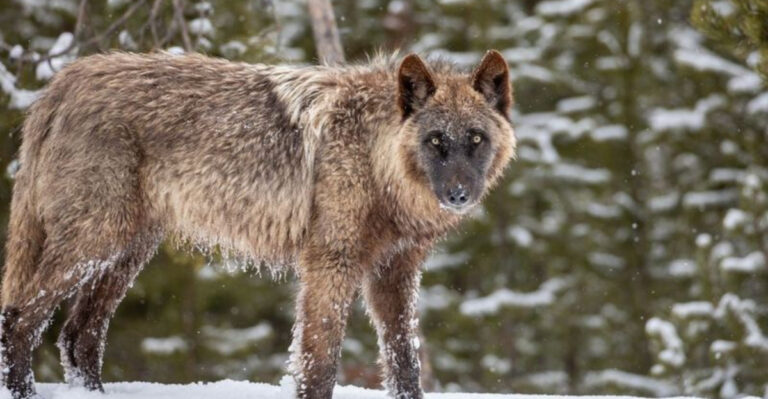15 Effective Tips To Strengthen Your Horse’s Core Muscles
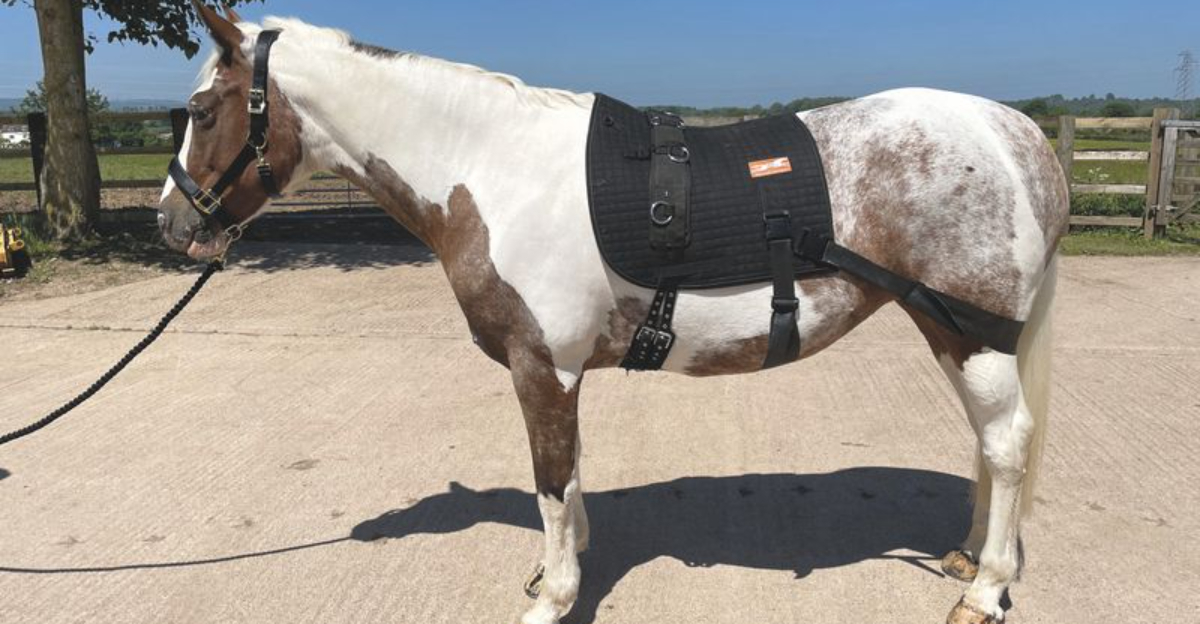
Ever noticed how elite equine athletes move with incredible balance and power? The secret lies in their core muscles.
Just like humans, horses rely on strong abdominal and back muscles for everything from basic movement to advanced performance. Strong core muscles help prevent injuries, improve athletic ability, and extend your horse’s working life.
1. Understand The Importance Of Core Muscles In Horses
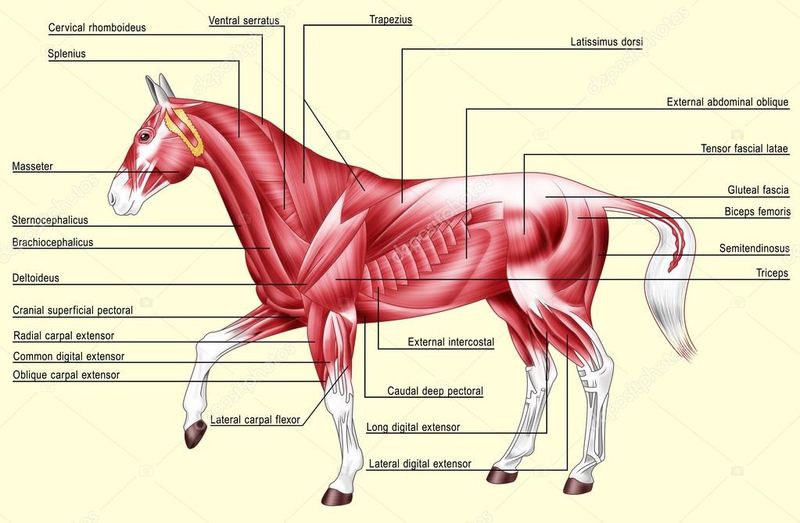
The core is your horse’s powerhouse, connecting the front and hind legs while stabilizing the spine. These muscles support every movement your horse makes.
A weak core leads to compensation patterns, poor performance, and potential injury. When strengthened properly, these muscles improve coordination, balance, and overall athletic ability.
2. Start With Basic Groundwork For Core Strength
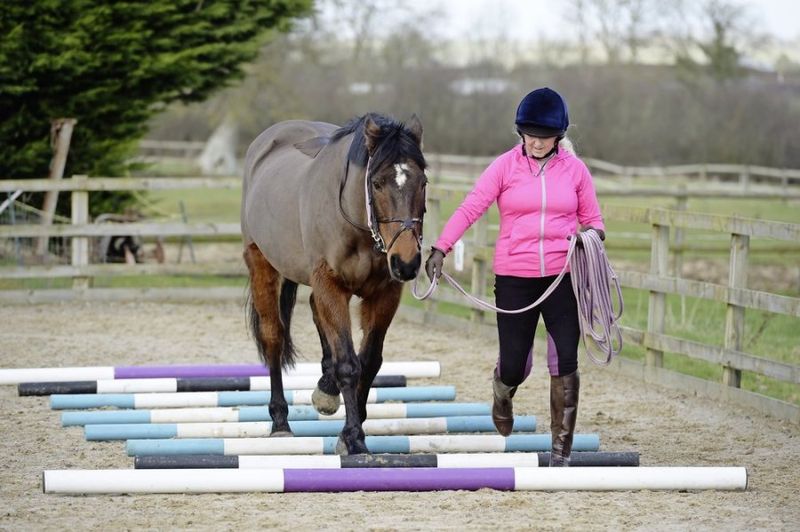
Backing up, tight circles, and figure-eights encourage your horse to engage those deep stabilizing muscles. No fancy equipment needed—just a halter and lead rope!
Try 5-10 minutes of these exercises before riding. Groundwork creates body awareness and builds the foundation for all other training, teaching your horse to shift weight and balance properly.
3. Incorporate Long-Lining Into Your Routine
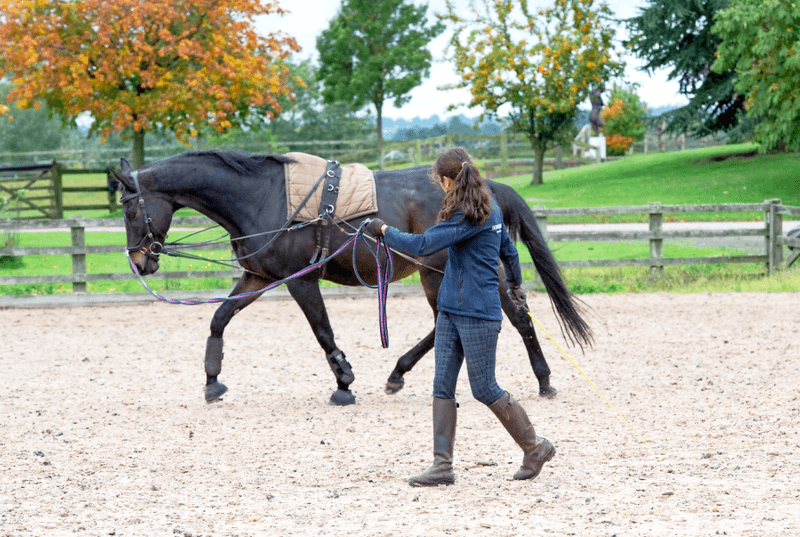
Working your horse from the ground with two long lines gives you control while encouraging natural movement patterns. The beauty of long-lining? You can see your horse’s entire body working.
Start with straight lines before progressing to gentle curves and transitions. This technique helps horses develop self-carriage without the weight of a rider.
4. Use Cavaletti Work For Flexibility And Strength
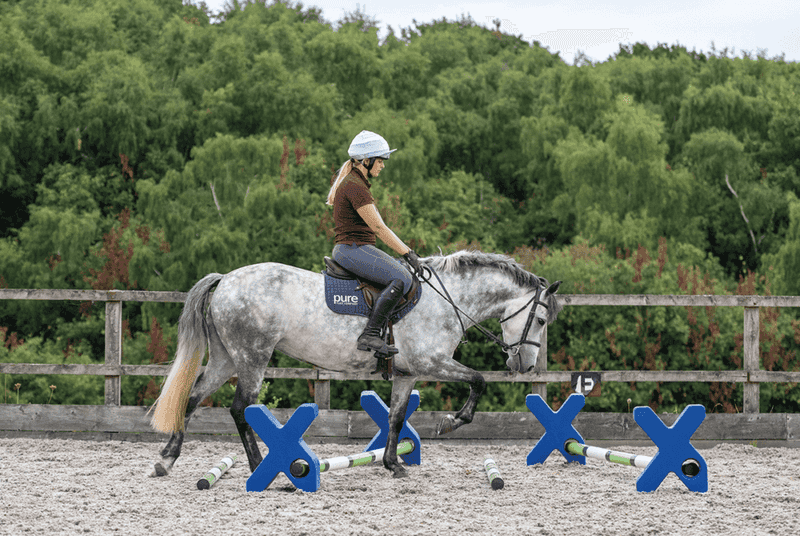
Those little raised poles create magic for your horse’s core! When navigating cavaletti, horses must lift their feet higher while balancing carefully.
Start with just 2-3 poles at walk before adding more or raising heights. The irregular stepping pattern forces your horse to engage abdominal muscles while strengthening the back, similar to human balance exercises.
5. Hill Work For Building Core Muscles
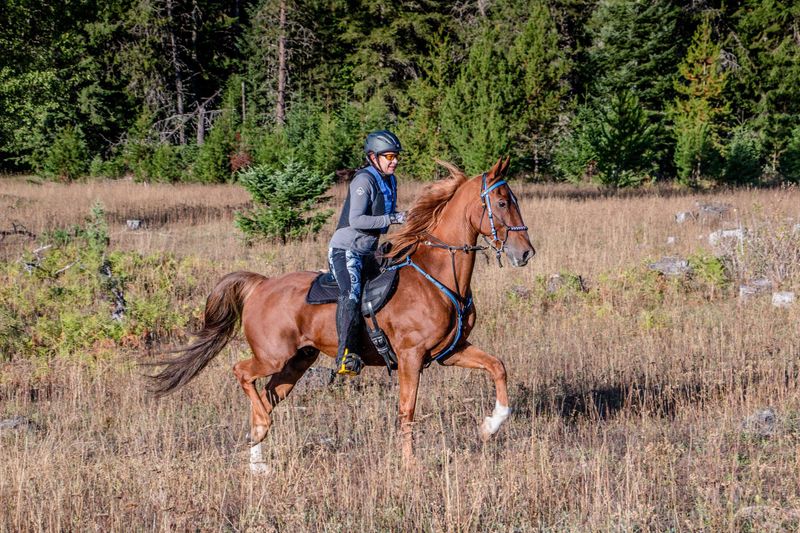
Nature’s gym awaits on those rolling slopes! Walking uphill forces your horse to push from behind while engaging the abdominals to maintain balance.
Downhill work is equally valuable, requiring core stability to prevent rushing. Begin with gentle slopes at a walk, gradually increasing steepness and adding trot work as your horse develops strength.
6. Incorporate Trotting And Cantering Into Training
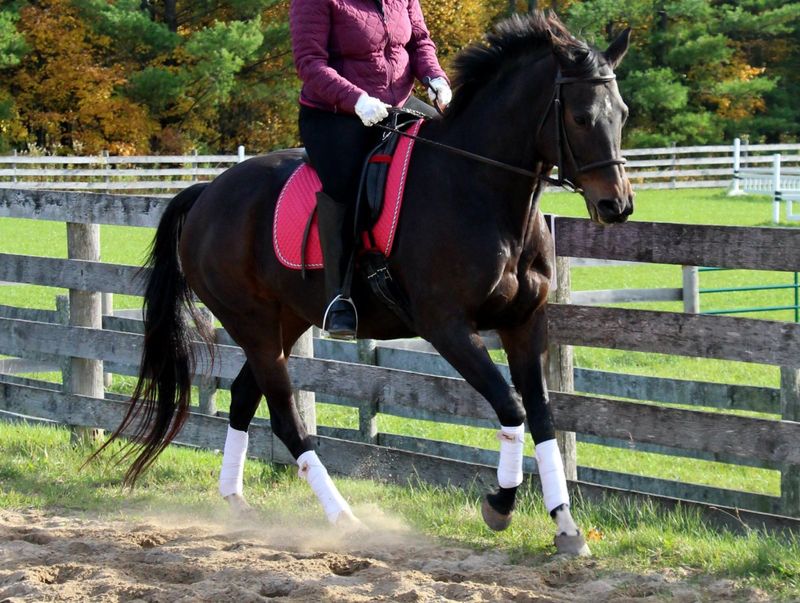
Transitions between gaits are core strength gold mines! Each time your horse changes pace, those stabilizing muscles fire up to maintain balance.
Try frequent transitions—walk to trot, trot to canter, and back down. Collected work at these gaits demands even more core activation. Focus on quality over quantity, keeping sessions short but effective.
7. Introduce Lateral Work To Improve Flexion
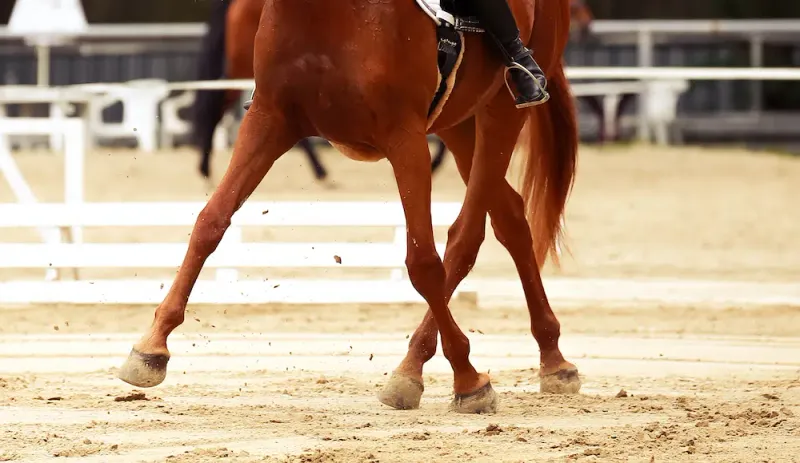
Sideways movements create the equine equivalent of side planks! When moving laterally, horses must coordinate their legs while maintaining balance through their core.
Start with basic leg yields before attempting more advanced movements like shoulder-in. These exercises develop suppleness and strength simultaneously, teaching your horse to move each leg independently while staying connected through the body.
8. Use Body Wraps For Strengthening The Core
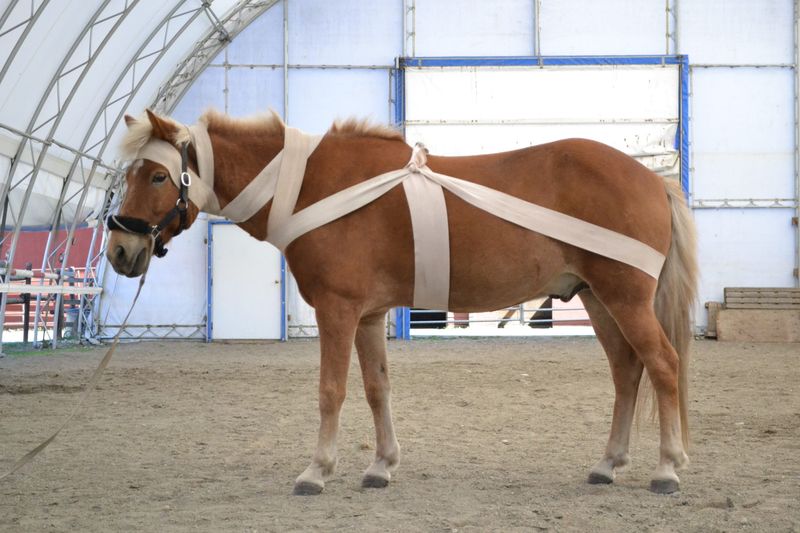
Tactile feedback works wonders for body awareness! A simple elastic bandage wrapped around your horse’s midsection provides gentle pressure that reminds them to engage those deep muscles.
Use during groundwork or riding sessions for 15-20 minutes. The constant gentle pressure helps your horse discover those “hidden” muscles, similar to how resistance bands work for human core training.
9. Incorporate Backing Up Into Your Routine
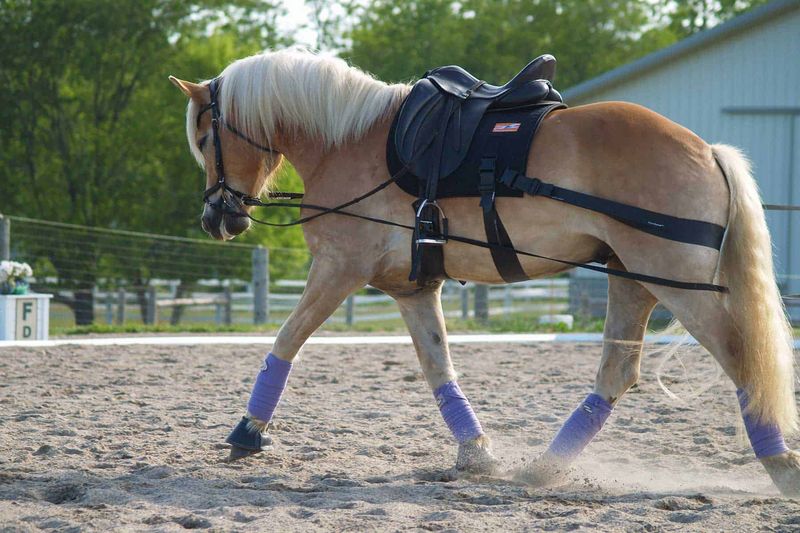
Reverse gear requires serious muscle coordination! Backing up forces your horse to round the back, tuck the pelvis, and engage those deep abdominal muscles.
Practice 5-10 steps of backing daily, focusing on straight lines. Advanced horses can try backing uphill or in a slight arc—these variations intensify the workout and improve body awareness dramatically.
10. Work With Resistance Bands To Target Core Muscles
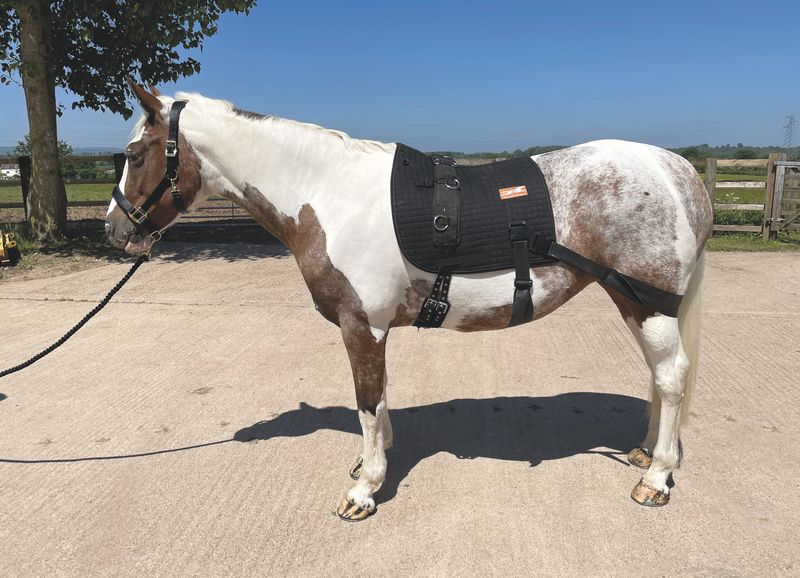
Specialized equine resistance bands create targeted workouts without riding! Attached to specific points on your horse’s body, they provide gentle opposition during movement.
Start with 5-minute sessions to prevent fatigue. These bands work similarly to resistance training for humans, creating just enough challenge to strengthen muscles without overexertion.
11. Monitor The Horse’s Posture During Work
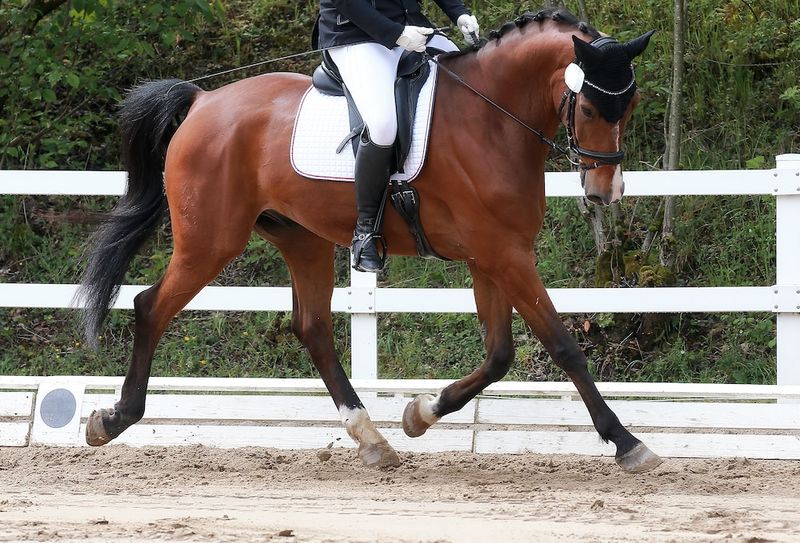
Rounded backs and engaged abdominals indicate proper core activation. Watch for your horse’s topline lifting slightly while the belly draws upward during exercise.
Beware of hollow backs or trailing hindquarters! These signs suggest your horse is evading core engagement. Regular video recording helps you spot these subtle posture changes that might be missed from the saddle.
12. Yoga And Stretching Exercises For Horses
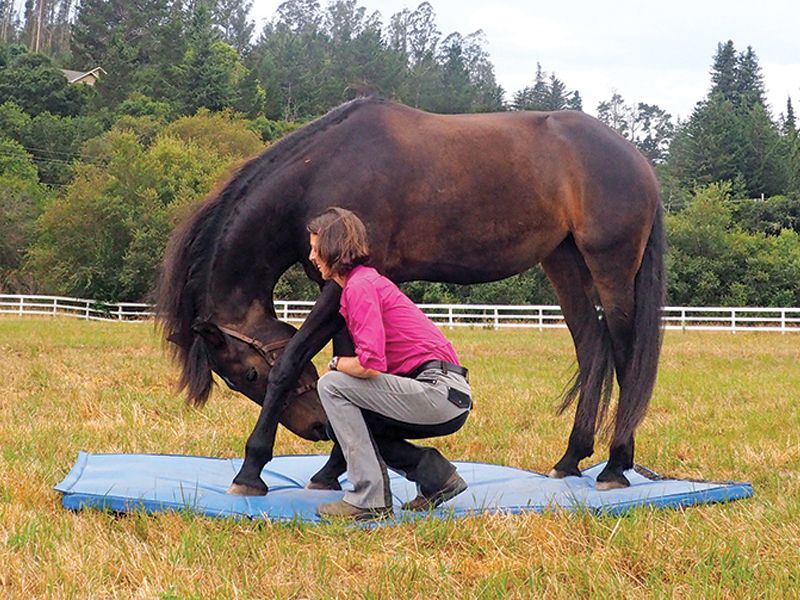
Carrot stretches aren’t just fun treats—they’re serious core workouts! Enticing your horse to reach for treats in specific positions creates controlled stretching and bending.
Try side-to-side, between-the-legs, and upward stretches daily. These movements improve flexibility while simultaneously strengthening the supporting muscles, much like yoga poses benefit human practitioners.
13. Encourage Movement In Water For Core Development
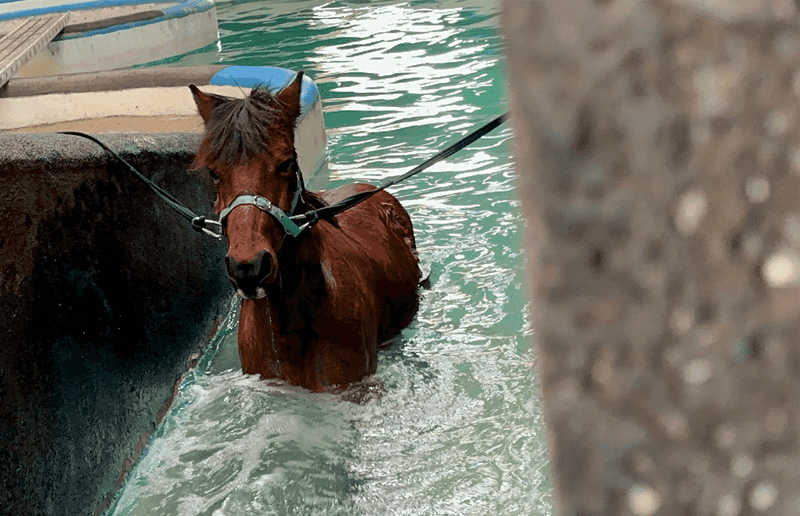
Water provides natural resistance while supporting joints! Walking through water challenges your horse’s balance without strain on tendons or ligaments.
Start in hock-deep water for 5-10 minutes. The resistance of water makes every step more challenging while its buoyancy supports the body, creating an ideal environment for building strength without impact stress.
14. Ensure Proper Nutrition For Muscle Growth
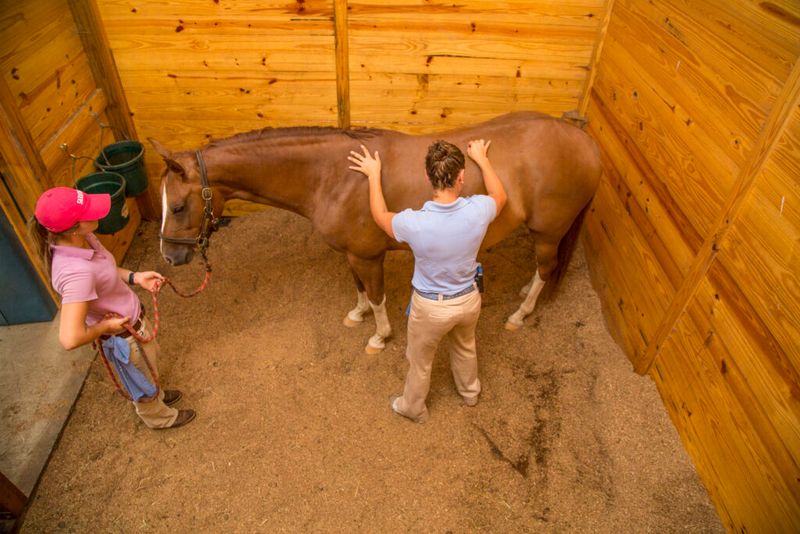
Muscles need building blocks to strengthen! Adequate protein supplies essential amino acids for repair and growth after workouts.
Consider adding quality protein sources like alfalfa or supplements if needed. Balanced vitamins and minerals, particularly magnesium and calcium, support proper muscle function and recovery, turning your training efforts into visible results.
15. Gradually Increase Intensity To Avoid Injury
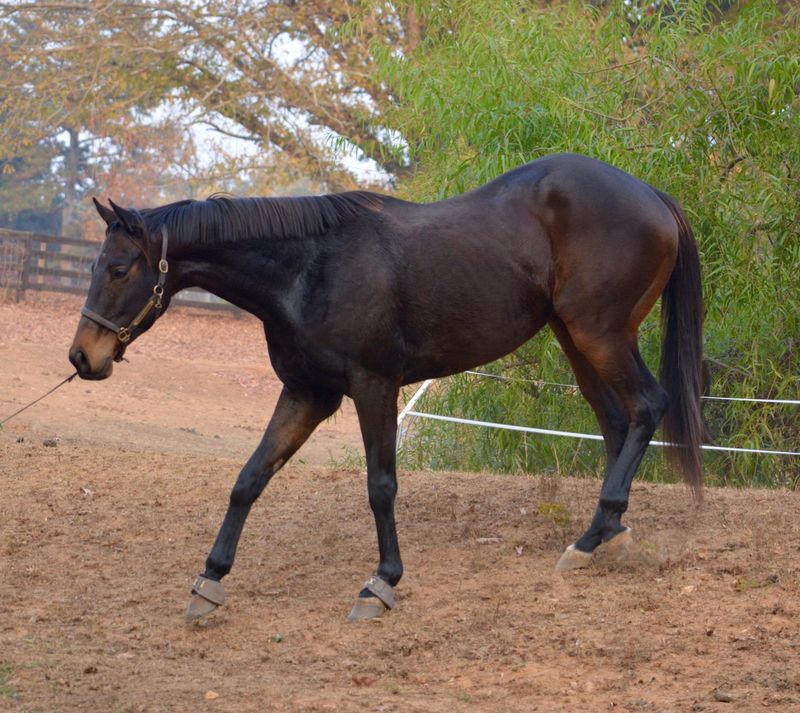
Rome wasn’t built in a day, and neither is your horse’s core! Start with 5-10 minutes of new exercises, gradually building to longer sessions as strength develops.
Watch for fatigue signals like trembling or resistance. A thoughtful progression prevents strain while allowing muscles to adapt properly, creating lasting strength rather than temporary gains that might lead to setbacks.





